Introduction:
This course will introduce and provoke discussion of many of key texts in the the philosophy of art, and philosophy generally. This will provide students with an overview of the philosophical context of our culture, informing them about the type of issues they will be confronted with while navigating the market and society in the real world, and perhaps provide inspiration for lines of artistic enquiry.
Course structure and content:
In this course, students will examine four broad issues that have defined philosophical aesthetics: What is the relationship between art and representation? What does it mean to say that an artwork expresses an emotion? What role does the formal structure of artworks play in explanations of art? What is an aesthetic experience, and what role, if any, does our knowledge of a culture play in shaping these experiences? Students will also discuss a range of philosophical issues associated with particular art forms. Throughout the course, students will look at particular artworks as illustrations of the views discussed. The aim of this course is to introduce students to philosophical aesthetics by working through some its foundational works and some contemporary problems. The approach will be both historical and topical. Philosophy is a living art. Along the way the student will be introduced to characteristic philosophical methods, and philosophers from history of particular importance to philosophy of art/ the discipline of aesthetics.
Learning objectives:
After the completion of the course, students will be able to: *Answer philosophical questions regarding art; *Evaluate art from different philosophical points of view; *Discuss recent philosophical theories to contemporary art; *Locate art trends in relation to philosophical precedents and analyse the relationship between art and philosophy; *Develop an understanding, in historical and cultural context, of the philosophic and theoretical currents which have affected the evolution of art, art education, and the surrounding cultural and political; *Students will explore both traditional and non-traditional modes of research; *Analyse, write, and share the history, philosophy and theory of art and art education and their relationships to diverse culture.


